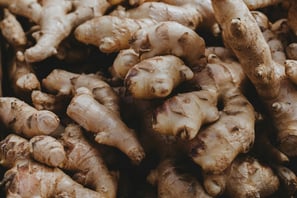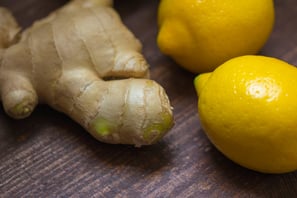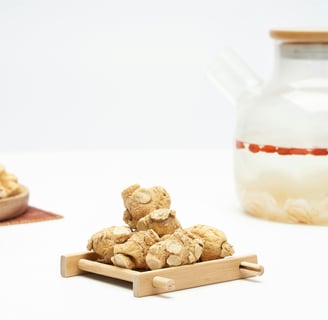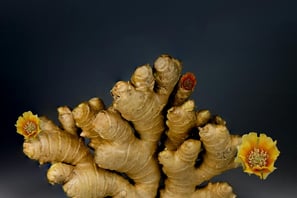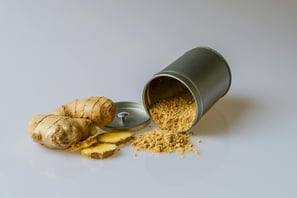Secrets of Gardening with Ginger: Cultivation and Its Remarkable Benefits
2/29/20244 min read
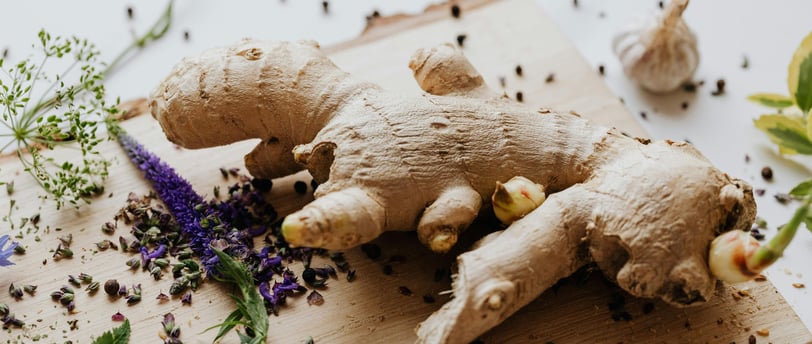

Introduction
Ginger, with its aromatic and spicy flavor, is not just a staple in culinary creations but also a prized plant in the realm of gardening. Its versatility extends beyond the kitchen, as ginger boasts a plethora of health benefits and medicinal properties. In this comprehensive guide, we delve into the intricate process of gardening ginger, exploring each step from cultivation to harvest. Furthermore, we unveil the numerous benefits that ginger offers, ranging from its therapeutic properties to its culinary uses. Join us on this journey as we uncover the secrets of gardening with ginger.
Choosing the Right Ginger Variety
Before embarking on your ginger gardening journey, it is essential to choose the right variety of ginger to cultivate. There are several ginger varieties available, each with its own unique characteristics and growth requirements. Some popular ginger varieties include:
Common Ginger (Zingiber officinale): This is the most widely cultivated ginger variety, known for its pungent flavor and medicinal properties.
Shell Ginger (Alpinia zerumbet): This variety is prized for its ornamental value, with its vibrant foliage and showy flowers.
Turmeric (Curcuma longa): Although not technically ginger, turmeric is closely related and shares similar cultivation techniques.
Consider your specific gardening goals and preferences when selecting a ginger variety. Whether you prioritize culinary uses, medicinal properties, or aesthetic appeal, there is a ginger variety to suit your needs.
Preparing the Soil
Proper soil preparation is crucial for successful ginger cultivation. Ginger prefers well-drained soil that is rich in organic matter. Follow these steps to prepare the soil for planting:
Choose a sunny location: Ginger thrives in partial shade to full sun, so select a spot in your garden that receives at least 6 hours of direct sunlight daily.
Loosen the soil: Use a garden fork or tiller to loosen the soil to a depth of at least 12 inches. This will improve drainage and allow the ginger roots to penetrate easily.
Add organic matter: Incorporate compost or well-rotted manure into the soil to enhance its fertility and moisture-retaining capabilities.
Adjust pH levels: Ginger prefers slightly acidic soil with a pH range of 6.0 to 6.5. Test the soil pH and make any necessary adjustments using organic soil amendments.
By preparing the soil adequately, you create an optimal environment for ginger growth and ensure the plants receive the necessary nutrients for healthy development.
Planting Ginger
Once the soil is prepared, it's time to plant ginger. Follow these steps to ensure successful planting:
Obtain ginger rhizomes: Purchase fresh ginger rhizomes from a reputable nursery or use organic ginger from your local grocery store.
Prepare the rhizomes: Cut the ginger rhizomes into smaller pieces, ensuring each piece has at least one bud or "eye."
Plant the rhizomes: Dig holes in the prepared soil, spacing them about 8 to 10 inches apart. Place the ginger rhizomes with the buds facing up and cover them with 2 inches of soil.
Water thoroughly: After planting, water the ginger rhizomes thoroughly to settle the soil and provide moisture for germination.
It is important to note that ginger is a tropical plant and is sensitive to cold temperatures. If you live in a colder climate, consider planting ginger in containers that can be brought indoors during the winter months.
Caring for Ginger Plants
Ginger plants require consistent care to ensure optimal growth and productivity. Here are some essential care tips:
Watering: Ginger plants prefer consistently moist soil. Water them regularly, keeping the soil evenly moist but not waterlogged.
Fertilization: Apply a balanced organic fertilizer every 4 to 6 weeks to provide the necessary nutrients for healthy growth. Avoid over-fertilization, as it can lead to excessive foliage growth at the expense of rhizome development.
Weeding: Keep the ginger bed free from weeds, as they can compete with the plants for nutrients and water.
Mulching: Apply a layer of organic mulch around the ginger plants to suppress weeds, conserve moisture, and regulate soil temperature.
Regular monitoring of your ginger plants will help identify any pest or disease issues early on. Proper care and attention will promote vigorous growth and increase the chances of a successful harvest.
Harvesting Ginger
After months of diligent care, it's time to reap the rewards of your ginger gardening efforts. Here's how to harvest ginger:
Check for maturity: Ginger is typically ready for harvest 8 to 10 months after planting. Look for yellowing leaves and dying foliage as signs of maturity.
Prepare for harvest: Gently loosen the soil around the ginger plants using a garden fork or trowel. Be careful not to damage the delicate rhizomes.
Harvest the rhizomes: Carefully lift the ginger rhizomes from the soil, taking care to remove any excess soil clinging to them.
Cure the ginger: Allow the harvested ginger rhizomes to dry in a warm, well-ventilated area for a few days. This curing process helps enhance flavor and prolong shelf life.
Once cured, your ginger is ready to be used in various culinary creations or enjoyed for its medicinal properties.
Remarkable Benefits of Ginger
Beyond its culinary uses, ginger offers a wide range of remarkable benefits. Here are some of the key advantages of incorporating ginger into your life:
Anti-inflammatory properties: Ginger contains compounds that possess potent anti-inflammatory effects, making it beneficial for managing conditions such as arthritis and reducing inflammation in the body.
Digestive aid: Ginger has long been used to alleviate digestive issues, including nausea, indigestion, and bloating. It can stimulate digestion and promote the absorption of nutrients.
Immune system support: The immune-boosting properties of ginger can help strengthen the body's defenses against infections and diseases.
Relief from menstrual discomfort: Ginger has been found to be effective in reducing the severity of menstrual cramps and providing relief from associated symptoms.
Antioxidant effects: The antioxidants present in ginger can help protect against oxidative stress and reduce the risk of chronic diseases.
These are just a few examples of the remarkable benefits that ginger offers. Incorporating ginger into your diet and lifestyle can contribute to improved overall health and well-being.
Conclusion
Ginger is not only a flavorful addition to culinary creations but also a rewarding plant to cultivate in your garden. By following the steps outlined in this comprehensive guide, you can successfully grow ginger and enjoy its remarkable benefits. From choosing the right variety to harvesting the rhizomes, each stage of the ginger gardening journey is filled with secrets waiting to be unveiled. So, roll up your sleeves, get your hands dirty, and embark on the journey of gardening with ginger.
